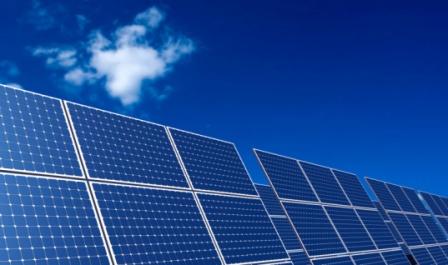

Printable PDF version
Subscribe to our newsletter
Preconstruction Services, Part 1
Market
Forecast: Variable
Photovoltaics
Get
a Second Life
Construction
Management Specialists
111 Pine Street, Suite 1315
San Francisco, CA 94111
(415) 981-9430
www.TBDconsultants.com
Preconstruction
Services, Part 1
Matt
Craske
What is involved in the Preconstuction Services of a GMP project? In this first part of an on-going series about GMP services we look at preconstruction estimating and scheduling.
Market Forecast: Variable
Oliver
Fox
What effect is the collapse of the housing market having on construction bids, and how is it affecting different sectors in the construction market? We address these issues in this article.
It has been estimated that covering half of Texas with photovoltaics with an efficiency of 20% (which is now a commercial reality) would provide for all of the world’s energy needs.
Photovoltaics (PVs) were first developed by Bell Labs in 1954, and initially had an efficiency of about 6%. The technology was also very expensive and was initially only really affordable to the military and space programs.
In space, PVs can generate almost twenty times as much power as Earth-bound PVs can, because day/night cycles, clouds or atmospheric absorption do not hamper them. The idea of large space based PV energy stations beaming power back to earth have been around since the late 1960s. So far those ideas have been prohibitively expensive, and may ultimately prove to be unnecessary as the Earth-bound versions continue to provide more of the power-generation needs.
Silicon (which PVs have traditionally been made of) has a theoretical efficiency limit of 30% for use in PVs, while other materials may approach 75% efficiency. These alternative materials are normally more expensive, but that is offset by the improved efficiency.

Another way of improving the cost-efficiency is with thin-film cells that have a semiconductor compound sprayed on a flexible substrate, using as little as 1% of the materials required by regular PVs, and can give efficiencies up to almost 20%. That efficiency is not great, but the cells are cheap. Plastic PVs (using two-layers of polymer) is another technology, with less than 10% efficiency but being very cheap, becomes a competitive option.
Yet another method of improving efficiency is to use lenses and/or reflectors to increase the amount of light reaching the PV material, and combined with thin-film technology is looking very promising. Also, methods have been devised to split sunlight into separate wavelengths and then use specialist PVs appropriate to the different wavelengths, so that more effective use is made of the available light. As a result of these innovations, energy conversion efficiency is now over 40%, with 50% expected soon.
Currently, without tax benefits or utility credits, the payback on PVs can be decades or never. However, with energy costs increasing, and the costs of PVs coming down, in a few years PVs should be able to compete with other energy sources even without subsidies, and in some areas they already do.
In the meantime, the need to attack the global warming issues has resulted in subsidies and grants that are aimed at encouraging PV use. The Federal tax incentive for PVs has been increased from 10% to 30% until end of 2008, and the California Solar Initiative provides $2.8 billion in cash incentives to encourage PV installations, with the goal of having 3 gigawatts of capacity by 2016.
Geoff’s
IT Gems
Get
a Second Life
Are you looking for somewhere different for your next conference? How about visiting the virtual world? In this article we look into the business use of virtual worlds like Second Life.
Design consultant: Katie Levine of Vallance, Inc.